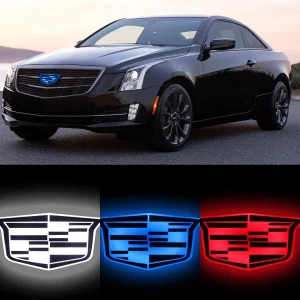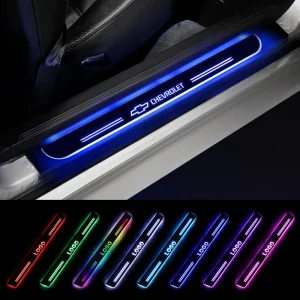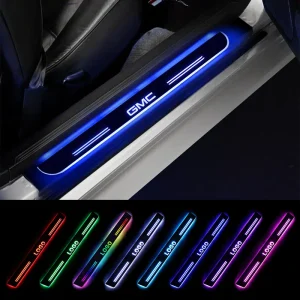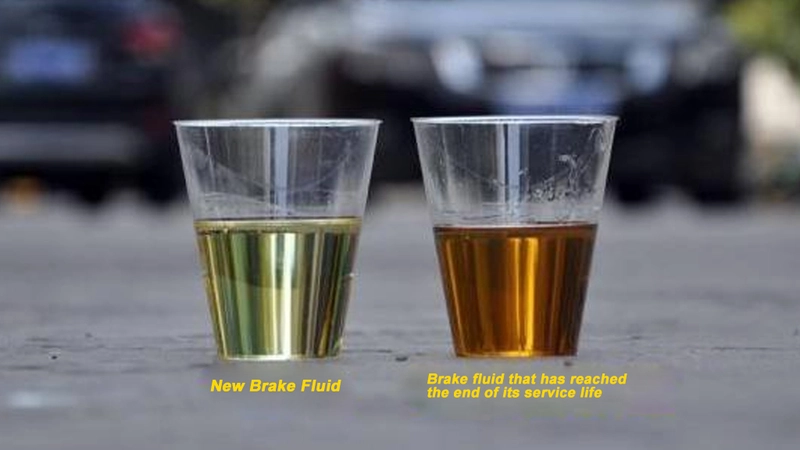Your brakes are your car’s most critical safety system. When they fail, the results can be catastrophic. Here’s how to recognize risks, prevent failures, and react if disaster strikes.
⚠️ When Does Brake Failure Occur?
Brake failure typically happens under these high-risk conditions:
1. Long Descents
– Scenario: Driving downhill for miles (e.g., mountain roads).
– Risk: Brake fluid overheats → vaporizes → pedal goes “spongy” or drops.
2. Heavy Loads/Towing
– Scenario: Carrying heavy cargo or trailers.
– Risk: Overworked brakes overheat and fade rapidly.
3. Ignoring Warning Signs
– Scenario: Squealing, grinding, or a “soft” pedal for weeks/months.
– Risk: Total loss of braking due to worn pads, leaks, or rotor damage.
4. Fluid Leaks or Contamination
– Scenario: After hitting road debris or poor maintenance.
– Risk: Sudden loss of hydraulic pressure → no braking force.
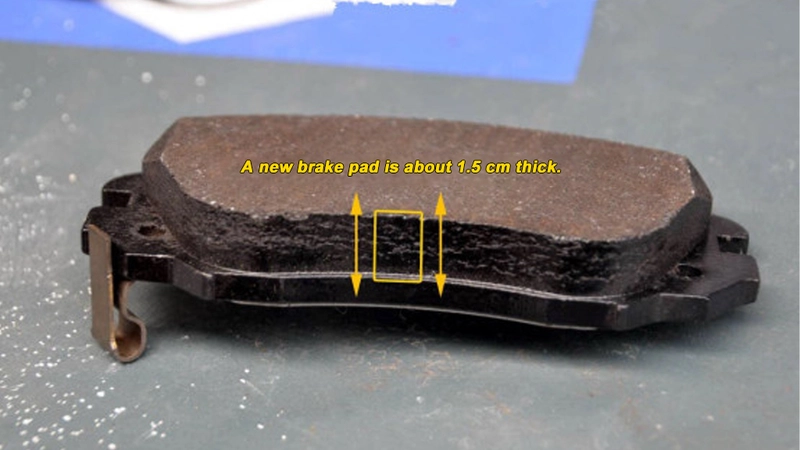
🔧 Top 5 Causes of Brake Failure
1. Brake Fluid Leaks
– Culprits: Cracked hoses, corroded lines, faulty master cylinder.
2. Worn Pads/Rotors
– Result: Metal-on-metal grinding → overheating → failure.
3. Brake Fade
– Trigger: Repeated hard stops → brakes overheat → lose friction.
4. Contaminated Fluid
– Cause: Moisture absorption → fluid boils → air bubbles in lines.
5. Faulty ABS or Hydraulic Systems
– Risk: Electrical/mechanical faults → sudden pressure loss.
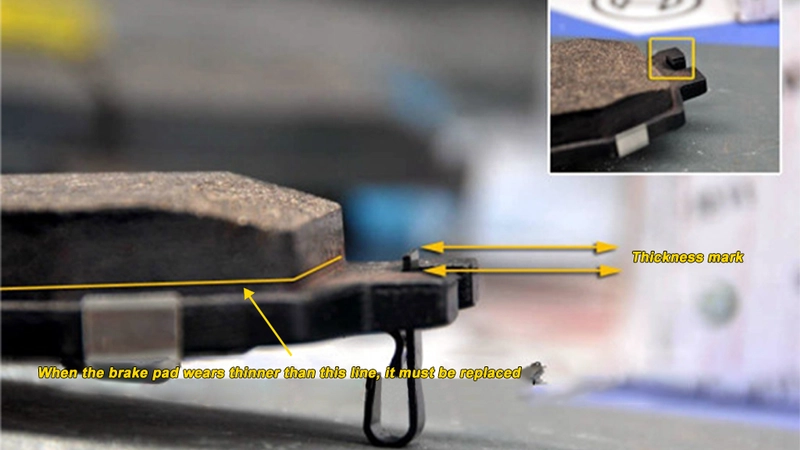
🛡️ How to Avoid Brake Failure: 6 Critical Steps
1. Check Fluid Monthly
– Ensure it’s at the “MAX” line and honey-gold (not dark/cloudy).
2. Replace Pads & Rotors Early
– Change pads at 3-4mm thickness; resurface/replace rotors if warped.
3. Flush Brake Fluid Every 2 Years
– Prevents moisture buildup and corrosion.
4. Downshift on Descents
– Use lower gears (L/2) to control speed – don’t ride brakes!
5. Listen for Warning Sounds
– Squealing = worn pads. Grinding = EMERGENCY REPAIR NEEDED.
6. Test Brakes After Driving Through Water
– Lightly press brakes to dry rotors and restore grip.

🆘 Emergency Response: If Brakes Fail
1. DON’T PANIC.
– Turn on hazards → grip steering wheel firmly.
2. PUMP THE BRAKE PEDAL
– May restore pressure if fluid/air is the issue.
3. DOWNGRADE GEARS
– Shift to lower gears (manual) or “L” mode (automatic) to engine-brake.
4. USE PARKING BRAKE SLOWLY
– Engage gradually to avoid skidding.
5. STEER TO SAFETY
– Rub against guardrails/curbs to slow down. Aim for open fields or uphill exits.
💡 Final Tip:
“Brakes rarely fail instantly. Heed the warnings – unusual noises, vibrations, or pedal behavior – and act immediately.
Get Inspected Twice a Year – It Could Save Your Life.

